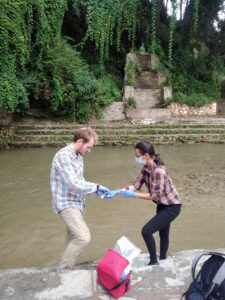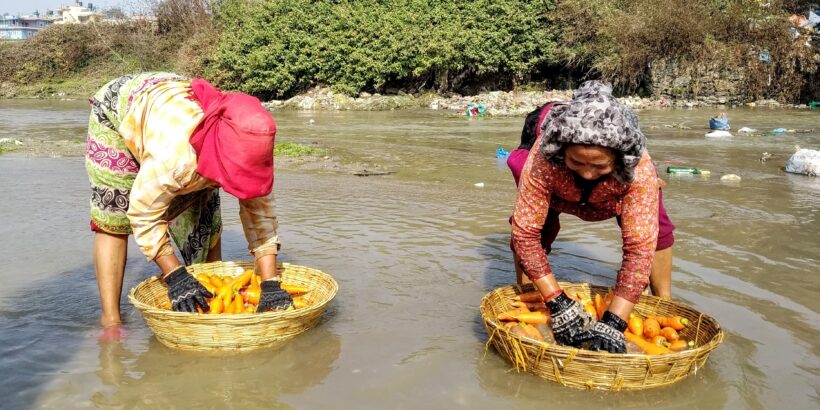Typhoid is highly endemic in Nepal, with 82,000 cases and 900 deaths each year. Notably, the Kathmandu and Kavre districts bear a significant burden of typhoid. Earlier research in Nepal revealed that waterspouts were a common source of typhoid. While these spouts no longer provide drinking water, typhoid persists, which prompted researchers to explore alternative waterborne sources of infection. In a recent study, researchers used environmental surveillance to detect Salmonella Typhi (S. Typhi) and Salmonella Paratyphi A (S. Paratyphi A) in drinking water and river water.
Typhoid in local water sources
Researchers collected drinking water samples from randomly selected houses within the Kathmandu and Kavre districts during an 8-month period. River samples were collected for a 20-month period at 19 sites along the rivers running through these districts.
S. Typhi was detected in 1.8% of drinking water samples and 45% of river water samples, while S. Paratyphi A was detected in 1% of drinking water samples and 42% of river water samples. These results suggest river water may be an important source of typhoid exposure in the Kathmandu and Kavre districts.
Bagmati river water as a potential source of typhoid transmission
Typhoid in river water is concerning because water from multiple sites was often found to be used for bathing, laundry, and washing vegetables. At one site, an irrigation pipe connected the river to a nearby field, posing a potential source for food-borne typhoid transmission. Notably, 67% of samples collected several miles downstream of Kathmandu tested positive for typhoidal Salmonella (the bacteria that cause typhoid fever), indicating rivers may serve as a source of typhoid spread beyond the city limits.
Nepal’s river water presents a serious risk for exposure to typhoid in this highly endemic region. For those infected, the threat of drug-resistant typhoid, attributed to the misuse of antibiotics and inadequate infection control, is rendering antibiotic treatment less effective. During Antibiotic Awareness Week, it becomes increasingly important to raise awareness about the looming threat of drug resistance and highlight best practices for responsible use.
A robust approach to taking on typhoid
This research highlights environmental sampling as a cost-effective and non-invasive method to detect typhoid. As Nepal launched their national campaign to introduce typhoid conjugate vaccines (TCVs) in 2022, further research aims to use environmental surveillance to assess if TCVs have reduced transmission of typhoid in these areas. While results indicate municipal sewage systems and sanitation infrastructure are needed long-term to prevent the spread of typhoid from river water, fortunately, we have two safe and effective WHO-prequalified TCVs available now. Improved water, sanitation, and hygiene – in combination with TCVs – are needed to ensure children have lives free from typhoid.

Cover Photo: Washing vegetables in rivers of Kathmandu, Nepal. Credit: Sneha Shrestha/Dhulikhel Hospital Kathmandu University Hospital.



